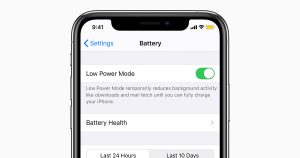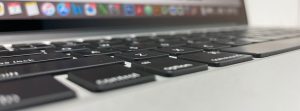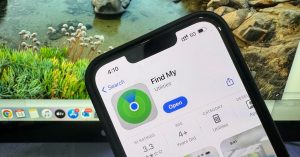Understanding iPhone Splash, Water, and Dust Resistance: A Complete Guide
Apple has continually improved the durability of its iPhones, notably enhancing their resistance to water, dust, and splashes over the years. However, many users mistakenly equate water resistance with being waterproof. It’s crucial to understand precisely how resistant your iPhone is and the steps Apple has taken to protect your device.
Water Resistance Ratings Explained
iPhones are rated using an international standard called Ingress Protection (IP). Each rating has two numbers:
- The first digit indicates protection against solids (like dust).
- The second digit indicates protection against liquids (like water).
iPhone IP Ratings Overview
- IP67: iPhone 7, 7 Plus, 8, 8 Plus, X, XR, SE (2nd & 3rd generation) – Protected from dust and can withstand immersion in water up to 1 meter deep for up to 30 minutes.
- IP68: iPhone XS, XS Max, 11 Series, 12 Series, 13 Series, 14 Series, 15 Series, and 16 Series – Enhanced protection, capable of immersion in water from 2 to 6 meters for up to 30 minutes (varies by specific model).
Critical Water Resistance Components in iPhones
iPhones achieve their impressive water resistance through a combination of carefully engineered seals and protective elements. Key components include:
- Screen Adhesive Seal: Provides a crucial barrier preventing water entry through the screen.
- SIM Card Tray Gasket: A small rubberized seal around the SIM tray slot.
- Lightning Connector Seal: Special seals protect this crucial charging port.
- Speaker and Microphone Mesh Covers: These specialized, hydrophobic mesh barriers prevent water from entering while allowing sound to pass through clearly.
- Button Seals: Silicone or rubberized seals around volume buttons, the mute switch, and the power button.
- Camera Lens Assembly Seals: Prevent moisture ingress around camera lenses and flash components.
Important Considerations Regarding iPhone Water Resistance
- Not Waterproof, Only Water-Resistant: Apple explicitly states that iPhones are not waterproof. Resistance is primarily designed for accidental exposure, not intentional underwater usage.
- Warranty Limitations: Apple’s warranty does not cover damage caused by water or liquids. Even models with IP68 ratings won’t be eligible for free repair if damaged by liquid.
- Degradation Over Time: Water resistance diminishes with normal wear and tear, impacts, or after iPhone repairs. Regular inspections at certified service centers are recommended for devices frequently exposed to harsh environments.
Tips to Protect Your iPhone from Liquid Damage
- Avoid intentional underwater photography or swimming with your iPhone.
- Keep your iPhone away from soaps, detergents, chlorinated pools, saltwater, and pressurized water.
- Immediately dry your device if it is exposed to liquid, and avoid charging it until it is completely dry.
- Regularly inspect your device’s seals, especially after repairs or heavy usage.
Visit our service center for iPhone water damage repair if your device has been exposed to liquid and you notice moisture under the camera lens.
Conclusion
Understanding your iPhone’s splash, water, and dust resistance rating ensures that your device remains protected and functional. Remember, preventive measures are key, and treating your iPhone with care is the best way to maintain its durability over time.
If your device has been exposed to liquid, consider visiting a certified repair center for assessment and repair to restore its protective features.






